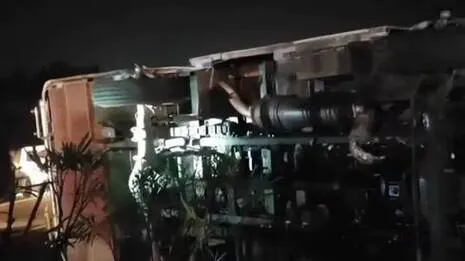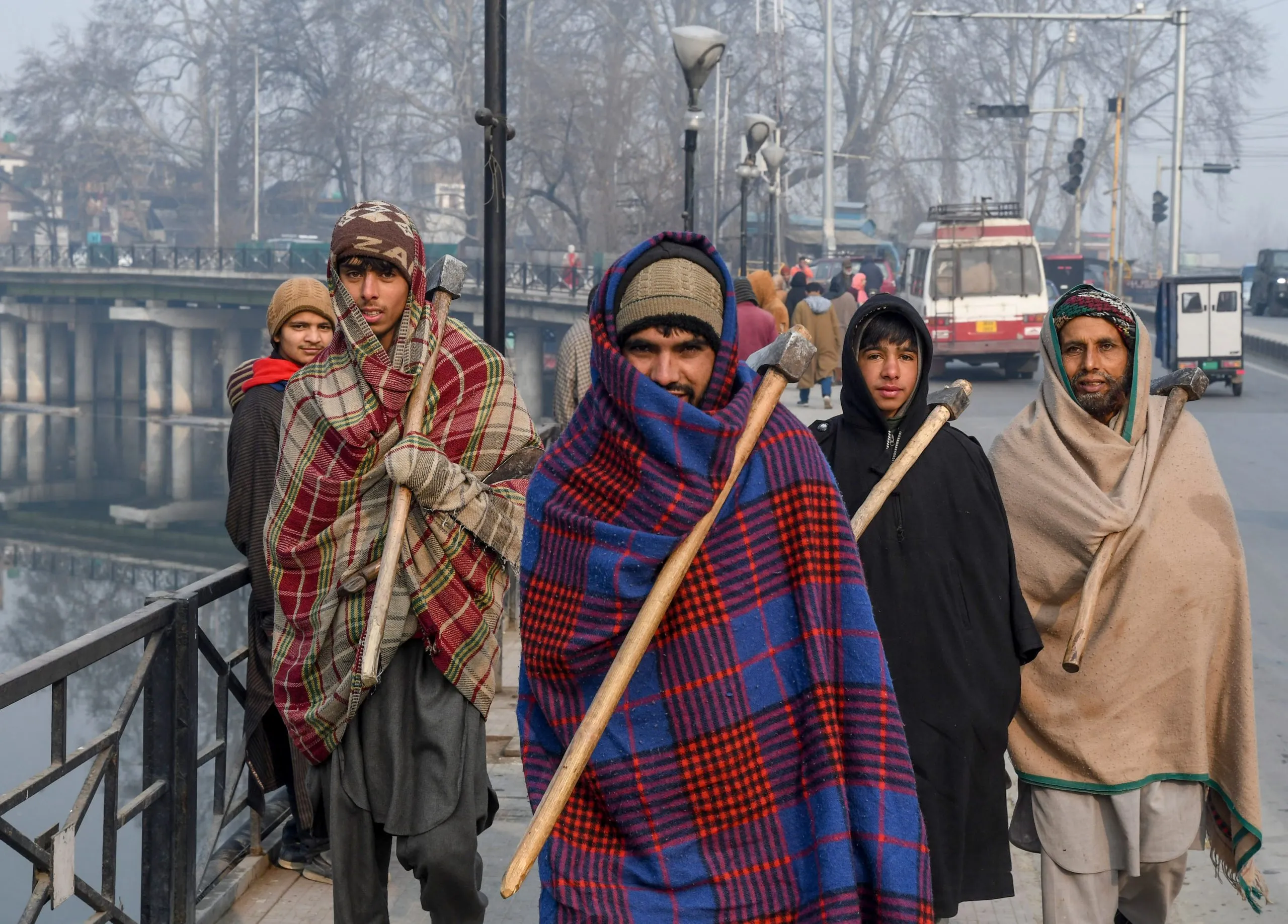
Elected leaders in Kansas City have backed down from several proposals for a low-barrier shelter in the past few years after hearing discontent from residents about the plans. But several people living in the Lykins neighborhood in the Historic Northeast say a shelter would be better than what is happening in their residential area, where have taken over vacant lots. The encampments have contributed to fires, loose animals, sanitation issues and last month, a homicide.
Lois Comstock, who has lived in the neighborhood for about 11 years, said she would welcome a new shelter, even one close to her house. “I think a shelter would be so good,” she said. “Somewhere around here would be nice.

” She lives near an area where three homeless encampments cropped up in recent months, including the one where a homicide was reported on Oct. 17. Thirty-five-year-old Johnathan Rodgers, who was living outside, died from blunt force trauma after the incident at 6th Street and Monroe Avenue, just south of Independence Avenue.
The vacant lot had been taken over in the middle of a residential street. The city, including police, cleared the encampment after the homicide. Sgt.
Phil DiMartino, a spokesman for the Kansas City Police Department, said Tuesday that there was no update in the case. Stalling for years The Kansas City area has the highest percentage of people experiencing chronic homelessness living unsheltered of any major U.S.
city, according to a report by the . Kansas City does not have a permanent low-barrier shelter, which has been one of the city’s key goals outlined in its plan to reduce homelessness. Such shelters accept people without requiring participation in programs like religious activities or substance use treatment.
Most cities the size of Kansas City have one. The city has had federal grant money set aside for years to pay for a permanent shelter once it approves a plan. In the meantime, it has a temporary that will operate in eight locations this year starting in December.
Plans for downtown and then at the city-owned Municipal Farm faced resistance in 2021 and 2022 and never materialized. The city scrapped a plan in the Northeast neighborhood earlier this year and later over proposals from multiple providers across the city. Many of the hurdles to moving forward with a shelter plan have come from community members living near proposed sites, who acknowledge the need for it, but have written to the City Council and spoken up at meetings saying they don’t want to carry the full load for the entire city.
In to the council earlier this year, residents said, “Homelessness is everywhere. Services should be everywhere.” They also said details about a shelter were “sparse and ever changing.
” City Council members Melissa Robinson and Melissa Patterson-Hazley, who represent the Third District, which covers most of the Lykins neighborhood, did not respond to calls or emails for this story. “To end homelessness, it’s important to consider the perspective of the community as well as the individuals experiencing homelessness,” said Josh Henges, Kansas City’s houseless prevention coordinator. Neighbors want action Comstock said she’s had family members who have become homeless and said they didn’t have the resources to get jobs, IDs or a shower.
If they had a shelter to go to, she said, they would use it. Carol Marquez lives down the street. She could see the encampment from her bedroom window.
Sometimes there were gunshots or fires there, including one that came close to her property. There were also people using drugs and animals roaming around. Marquez called 311 to report the problems.
She explained that she wasn’t against homeless people, but she wants to live out her retirement in peace. She said a shelter could “definitely” help. One man, who declined to give his name, said somebody from the encampment had gotten into his truck, and other car burglaries had happened.
He wasn’t sure if a shelter would help and said those who were homeless needed to get jobs. Other neighbors expressed support for a shelter, but also said they weren’t sure if people would use it. Angie Hicks-Curtis, executive director of the Lykins Neighborhood Association, said some people are skeptical about shelters, but having it as an option could make a difference.
One of the biggest challenges, she said, is that there aren’t enough beds or affordable homes in the city. Last week, Hicks-Curtis, who is a social worker, walked to a small encampment west of Lykins Square Park. She and two other people from the association hung “No trespassing signs” on trees.
The encampment had been cleared before and volunteers had cleaned up the area. But it was now strewn with items, including a sink, shoes and a needle. She said when she visits encampments, she offers people a “street sheet” with a list of resources.
Some of them are willing to get enrolled in a database with the Greater Kansas City Coalition to End Homelessness, which can get them on a list for housing. Hicks-Curtis said homelessness is a topic that comes up at neighborhood meetings often, and she said some of her neighbors voice opposition to a shelter. She said there needs to be more conversations in the city about solutions.
People experiencing homelessness will either be in tents, she said, or she and others will to be able to convince residents that there is a safer way for everyone. “I understand that people have the kind of mentality, not in my backyard, but actually, they’re in your backyard,” she said..














